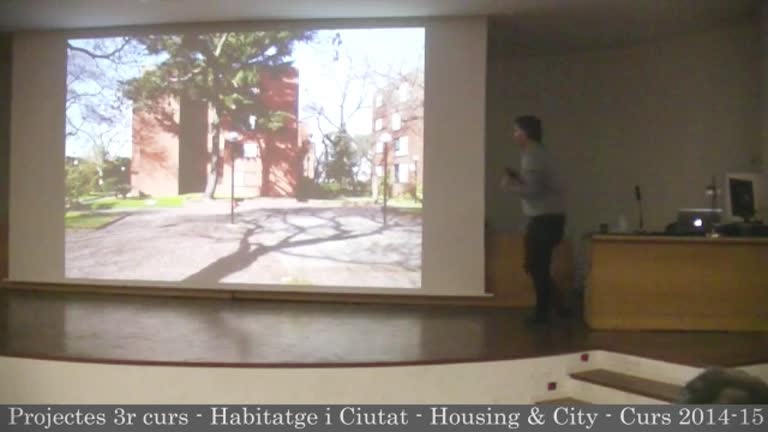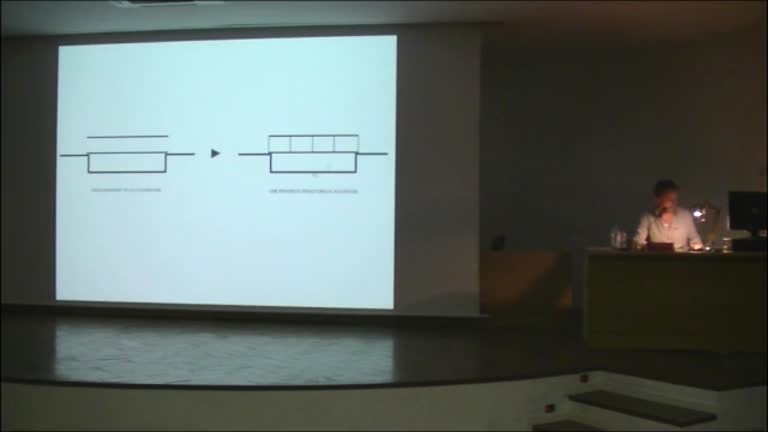Objectes multimèdia amb l’etiqueta: Arquitectura
Resultats de la cerca
JIDA'15. Teaching pratice-student work environment
Accés obert
25 de maig 2015
Presentació de J.R. Ruiz Checa, per JIDA'15: "Teaching pratice-student work environment". Introducció a càrrec de Jordi Franquesa, Cap d'estudis de l'ETSAB.
Comité organitzador JIDA:
Jordi Franquesa | Departament d'Urbanisme i Ordenació del Territori |
ETSAB-UPC ; Berta Bardí i Milà | Departament de Projectes Arquitectònics | ETSAV-UPC ;
Ricardo Devesa | Departament de Composició Arquitectònica | ETSAB-UPC;
Daniel García-Escudero | Departament de Projectes Arquitectònics | ETSAB-UPC;
Mariona Genis | Departament de Construccions Arquitectòniques | BAU; Carles Marcos | Departament de Projectes Arquitectònics | ETSAV-UPC; Joan Moreno | Departament d'Urbanisme i Ordenació del Territori | ETSAV-UPC; Judit Taberna | Departament d'Expressió gràfica i arquitectònica | ETSAB-UPC
Comité organitzador JIDA:
Jordi Franquesa | Departament d'Urbanisme i Ordenació del Territori |
ETSAB-UPC ; Berta Bardí i Milà | Departament de Projectes Arquitectònics | ETSAV-UPC ;
Ricardo Devesa | Departament de Composició Arquitectònica | ETSAB-UPC;
Daniel García-Escudero | Departament de Projectes Arquitectònics | ETSAB-UPC;
Mariona Genis | Departament de Construccions Arquitectòniques | BAU; Carles Marcos | Departament de Projectes Arquitectònics | ETSAV-UPC; Joan Moreno | Departament d'Urbanisme i Ordenació del Territori | ETSAV-UPC; Judit Taberna | Departament d'Expressió gràfica i arquitectònica | ETSAB-UPC
JIDA'15. Confronting Wicked Problems. Adapting Architectural Education to the new situation in Europe
Accés obert
25 de maig 2015
Ponència de Jordi Franquesa, Cap d'Estudis ETSAB.
Jornada de Debat sobre les Propostes de Ciutat
Accés obert
18 de maig 2015
Presentació de les propostes: Albert Civit (CIU); Francesc López Arias (CUP); Xavier Llobet (ERC); Josep Mª Montaner (Barcelona En Comú); Dani Mòdol (PSC). Josep Parcerisa, moderador. Taula rodona. Torn obert de paraules
La arquitectura com a matemàtica tenebra
Accés obert
5 de maig 2015
Conferència de clausura de l'Arquitecte i Professor DUOT /ETSAB, Joaquim Español. Taula rodona amb Josep Ramoneda, filòsof i ex-director CCCB; Enric Granell, Arquitecte Professor de Hª de l'Art i Arquitectura ETSAB; Enric Serra, Arquitecte Professor del DUOT /ETSAB i Joaquim Español, Arquitecte Professor del DUOT /ETSAB.
L'habitatge entre Frégoli i Tilburg. 1972-2010
Accés obert
29 d’abr. 2015
Conferència de l'Arquitecte Esteve Bonell per el Taller "Arquitectura i Rehabilitació". Presentat per Eva Prats (Projectes Arquitectònics, ETSAB)
La Realidad del arquitecto [Sessió tarda]
Accés obert
28 d’abr. 2015
Sessió tarda amb les intervencions de: LaCol, Blanca Lora-Tamayo, Jaume Prat, Lucía Ferrater, Pablo Ros, Jaime Coll i Silvia Martínez-Palou, amb un testimoni de Josep Lluis Canosa. Ponent i moderador: Félix Arranz, arquitecte i editor
La Realidad del arquitecto [Sessió matí]
Accés obert
28 d’abr. 2015
Sessió matí presentada per Jordi Ros, Director de l'ETSAB, amb intervenció dels arquitectes M.A. Aguiló, R. Gómez-Moriana, Dani Mòdol i J.L. Echevarría. Ponent i moderadora: Pati Núñez, consultora d’arquitectura.
05. Configurations
Accés obert
22 d’abr. 2015
Segona part de la sessió amb l'Arquitecte Piet Eckert (E2A), professor convidat a USI - Università dell Svizzera Italiana a Mendrisio. Presentat per el Professor Pere-Joan Ravetllat (PA-ETSAB), responsable coordinador de curs
04. Una mirada optimista:. Experiencia cooperativa en Uruguay
Accés obert
22 d’abr. 2015
Primera part de la sessió a càrrec de l'Arquitecte i artista plàstic, Pedro Livni. Presentat per el Professor Pere-Joan Ravetllat (PA-ETSAB), responsable coordinador de curs.
Monoblock
Accés obert
22 d’abr. 2015
Presentació de Monoblock Arquitectos per el "Ciclo América Latina". Presentació a càrrec d'Ariadana Perich (Sotsdirecció de Cultura ETSAB).
Monoblock Arquitectos el formen: Marcos Amadeo, Fernando Cynowiec, Juan Granara, Adrián Russo y Alexis Schächter (Ciudad de Buenos Aires, Argentina).
Monoblock Arquitectos el formen: Marcos Amadeo, Fernando Cynowiec, Juan Granara, Adrián Russo y Alexis Schächter (Ciudad de Buenos Aires, Argentina).
Esteban - Tannenbaum Arquitectos
Accés obert
22 d’abr. 2015
Presentacio de Esteban - Tannenbaum Arquitectos per el "Ciclo de América Latina". Debat final amb la intervenció de Monoblock Arquitectos
Esteban - Tannenbaum Arquitectos el formen: Javier Esteban i Romina Tannenbaum.
Esteban - Tannenbaum Arquitectos el formen: Javier Esteban i Romina Tannenbaum.
Metropolitan Passages and Places
Accés obert
21 d’abr. 2015
Presentació a càrrec de Jordi Ros, Director de l'Etsab i Ramón M. Torra, Gerent de l'Àrea Metropolitana de Barcelona.
Ponència de Pierre Alain Trévelo de l'estudi Trévelo & Viger-Kohler Architectes Urbanistes.
Ponència de Pierre Alain Trévelo de l'estudi Trévelo & Viger-Kohler Architectes Urbanistes.

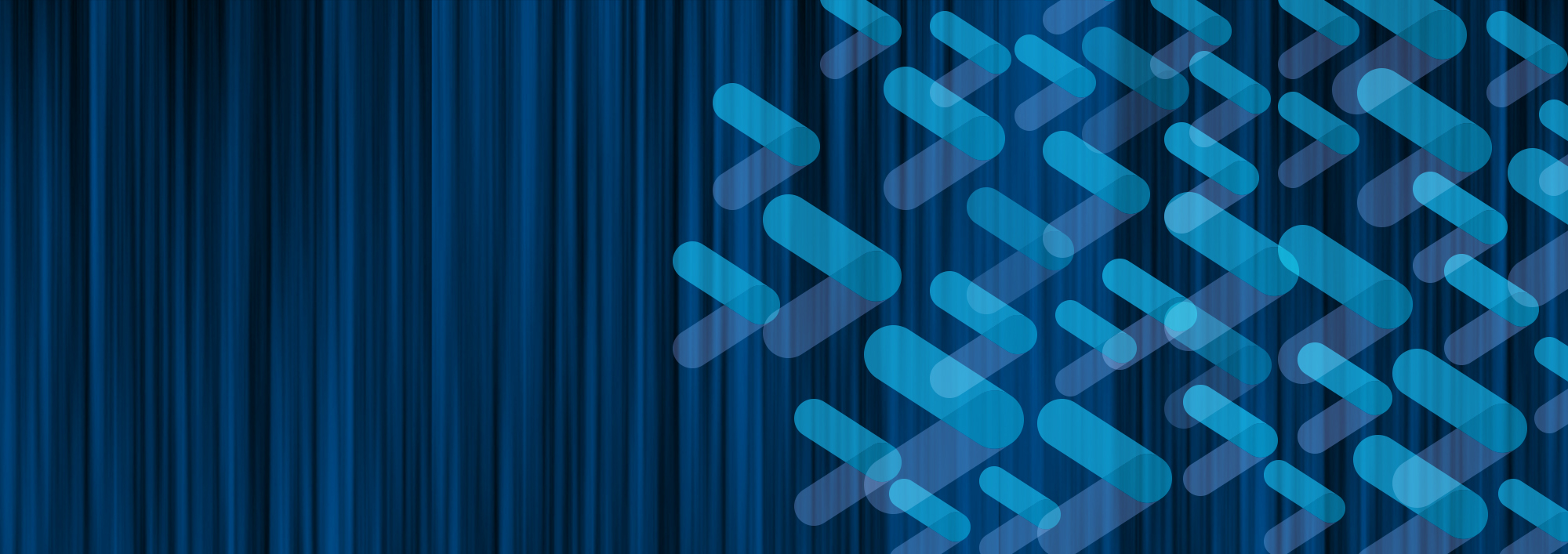
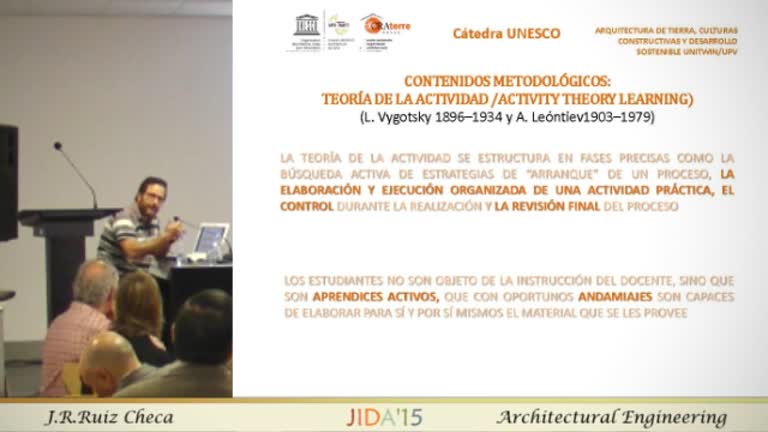

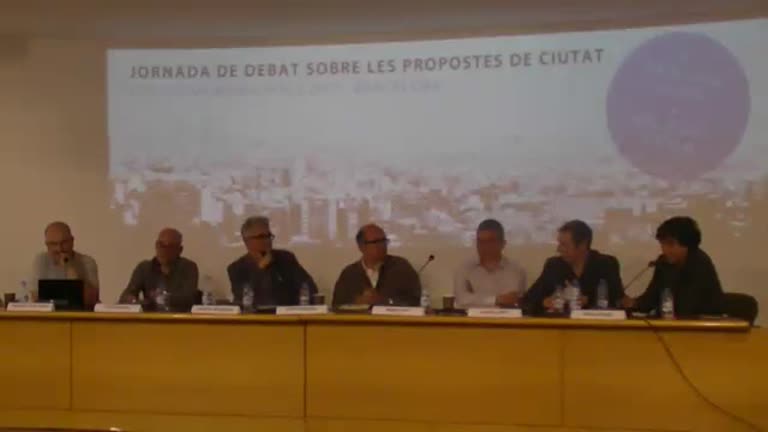
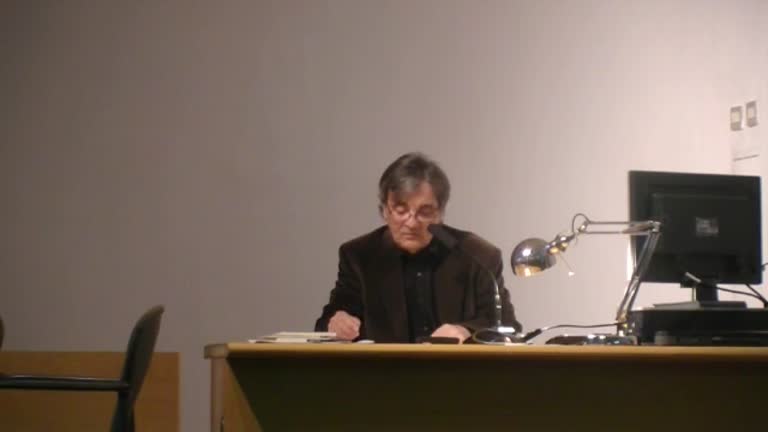
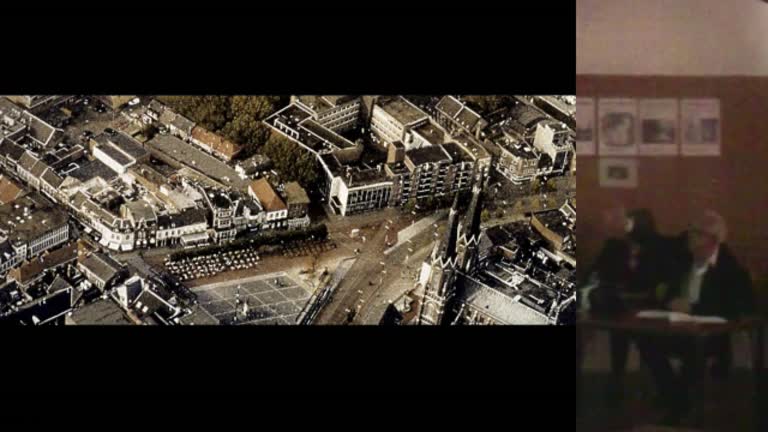
![La Realidad del arquitecto [Sessió tarda]](/uploads/pic/series/602f9af4fde9b811274e75d8/video/602ffedafde9b811d026b7bb/210219203453.jpg)
![La Realidad del arquitecto [Sessió matí]](/uploads/pic/series/602f9af4fde9b811274e75d8/video/602ffeb5fde9b811c00fb877/210219203016.jpg)

